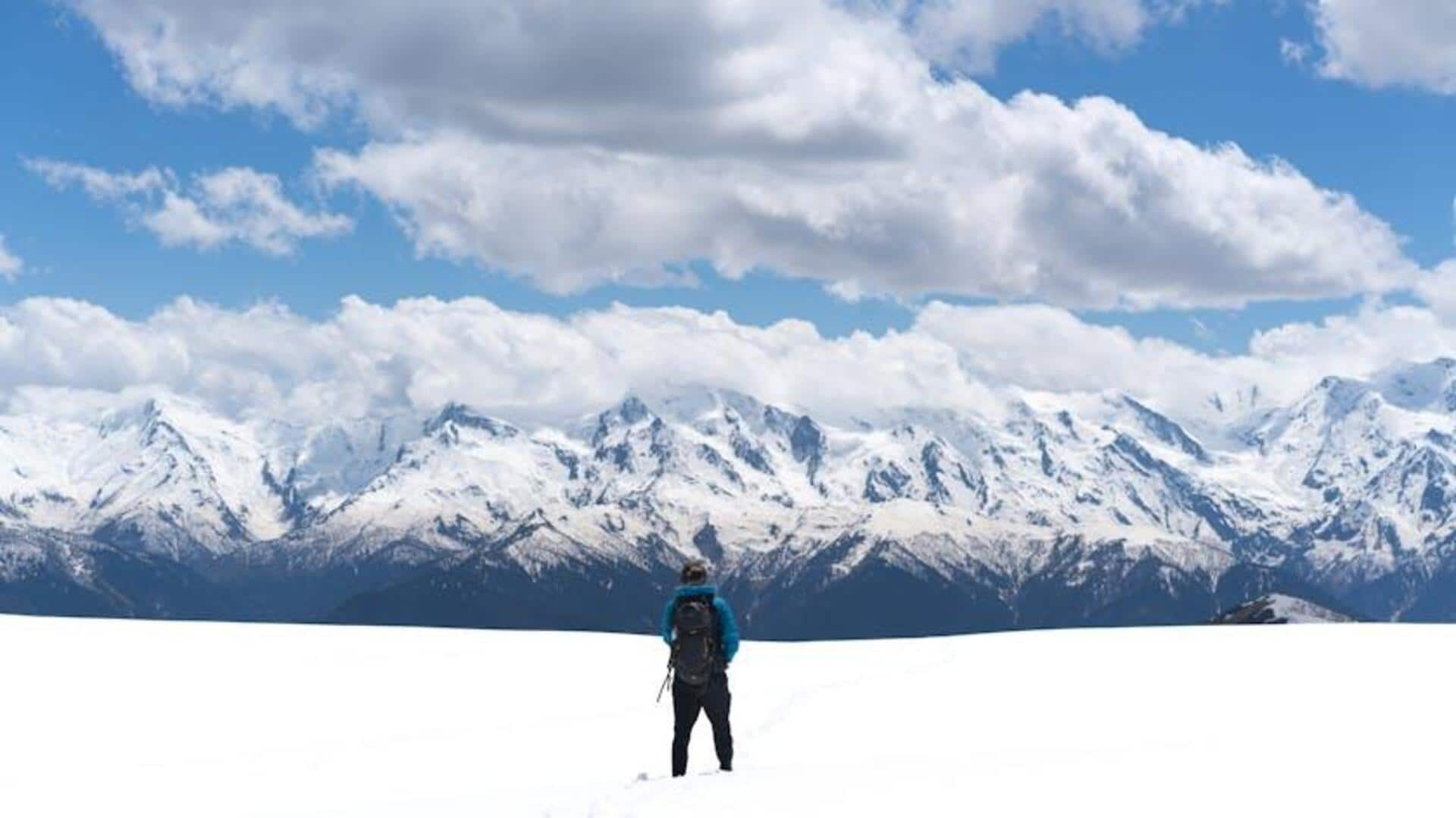
Patagonia glacier trekking: An adventure like no other
What's the story
Patagonia, a region of Argentina and Chile, is dotted with some of the most beautiful glaciers in the world. These icy giants present thrilling opportunities for adventure junkies willing to explore them via ice trekking.
Participants get to walk on the glaciers' surface, giving them a whole new perspective of their beauty and size.
Not just exhilarating, ice trekking in Patagonia is also educational. It gives glacial formations and climate change insights.
#1
Perito Moreno Glacier: A must-visit
Perito Moreno Glacier is among the most famous glaciers in Patagonia. Located in Los Glaciares National Park, the glacier is known for its accessibility as well as dynamic movement.
Visitors can embark on guided ice treks ranging from short walks to full-day adventures.
The trek offers an up-close view of the glacier's crevasses and blue ice formations.
It's essential to wear appropriate gear, including crampons, provided by tour operators.
#2
Safety tips for ice trekking
Safety is of utmost importance when going on an ice trek adventure. Participants must be physically fit for the activity since it involves walking on uneven surfaces.
It is important to adhere to all instructions of guides who are trained in safety protocols for glacier environments.
Wearing layers of clothing appropriate for cold weather and carrying sun protection items like sunglasses and sunscreen are recommended.
#3
Understanding glacial formations
Ice trekking also gives you a first-hand experience of learning about glacial formations.
Guides usually tell you how glaciers are formed and move over time, depending on climatic conditions.
Seeing features like seracs, crevasses, and moulins makes you better understand these natural wonders.
The educational part adds depth to the whole adventure experience while also showcasing environmental changes influencing glaciers around the world.
#4
Best time for ice trekking adventures
The ideal time for ice trekking in Patagonia is between November and March.
These summer months provide pleasant weather, longer hours of daylight, and less cold.
This time enables you to explore the glaciers for longer, without the obstacles of winter's shorter days, making your trip through the breathtaking scenery a fulfilling one.